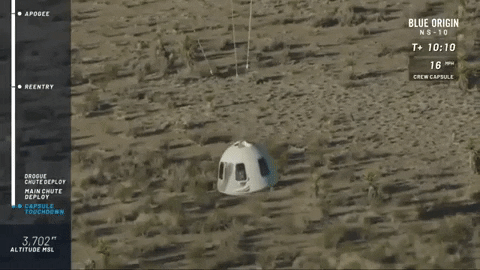Addressing specifically:
Any plans for propulsive capsule landings?
The answer is that there may have been unspoken plans, but after the situation discussed in SpaceX and propulsive landing on Mars — what just happened? (and why?) they may not be voicing them to loudly.
Teslarati's recent article SpaceX’s Crew Dragon could land with abort thrusters in emergencies, says Musk says:
SpaceX CEO Elon Musk says that Crew Dragon – originally designed to propulsively land like Falcon 9 – is still technically able to do so, a capability that could give the already uniquely redundant spacecraft yet another level of safety during Earth reentry and landing.
While Musk noted that adding or enabling that capability during missions with astronauts would be entirely dependent upon NASA’s approval, the idea would be to trigger Crew Dragon’s SuperDraco abort thrusters in the event of a partial or total failure of the spacecraft’s parachutes. Although Crew Dragon is already capable of keeping its passengers safe if one of its four parachutes fails to properly deploy, the loss of any additional drag would likely create a situation where the force of impact on the ocean surface could severely injure or kill astronauts, much like a car crash without airbags. To prevent this, Crew Dragon could fire its thrusters at the last second, canceling out or at least minimizing the force of impact.
a related tweet
The Teslarati article goes on to say:
If it can be done, Crew Dragon would be the only spacecraft in the world with the ability to ensure crew survival in the event of a failure involving parachute deployment, although it’s not clear if that recovery redundancy would still be available after an actual in-flight or pad abort during launch operations. Still, for a space agency so apparently fixated on and worried about ‘qualifying’ SpaceX’s Crew Dragon parachutes and a “Safety first!” culture more generally, one would expect NASA to jump on any opportunity to dramatically improve spacecraft safety with minimal additional effort.
Just fyi, the Soyuz capsule does use a propulsive burst to lower velocity just before impact, as does Blue Origin's New Shepard crew capsule:

GIF from Soyuz MS-08 landing

GIF from Blue Origin NS-10: New Shepard launch & landing, 23 January 2019


